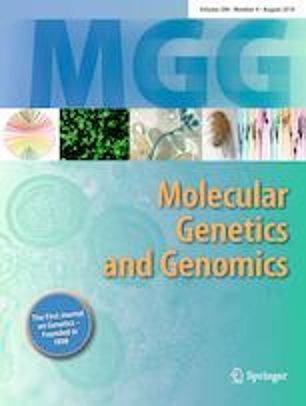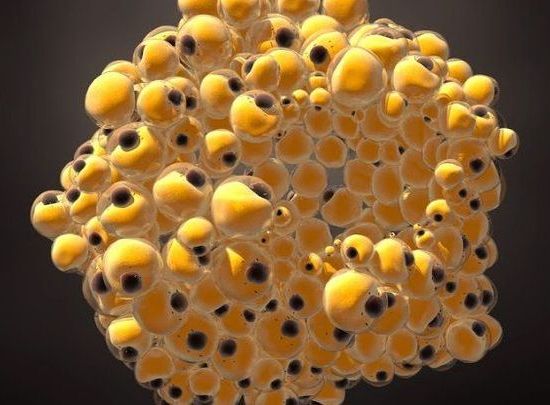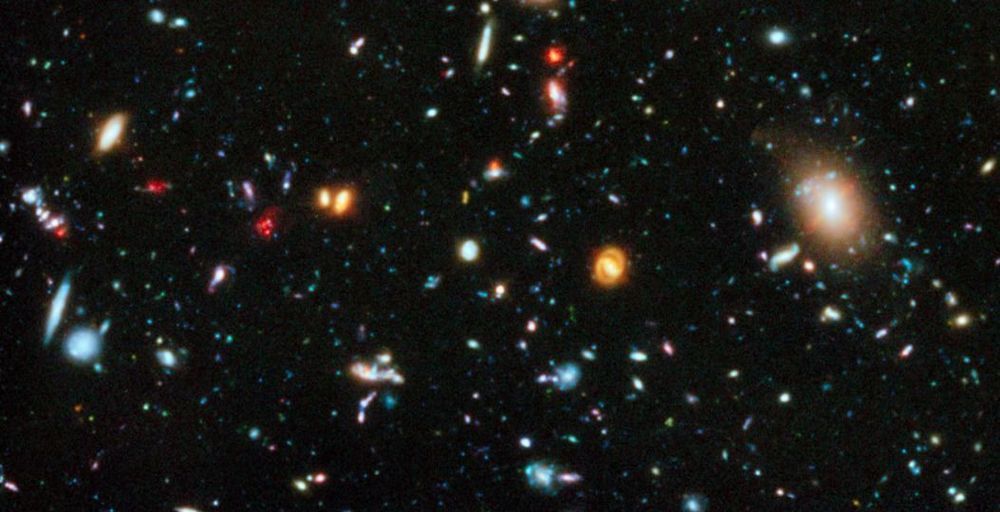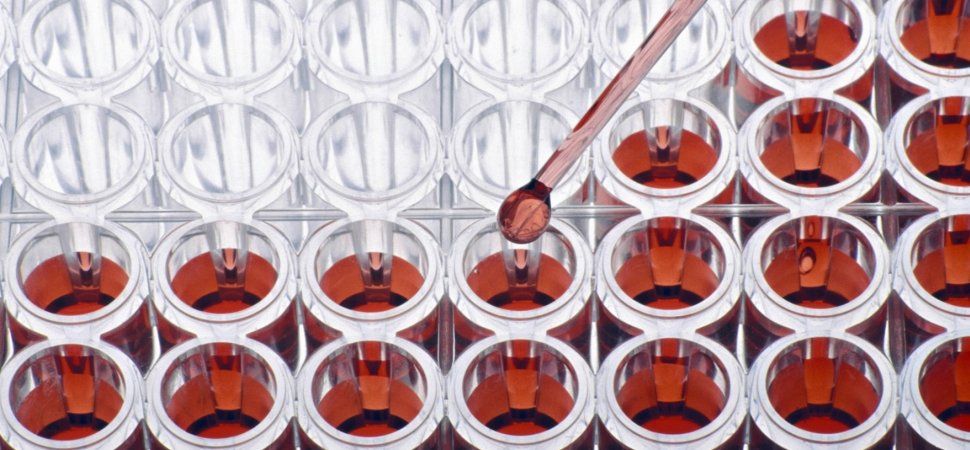Take an asteroid, give it swinging arms and turn it into a rocky jellyfish swimming through space. Project RAMA from @MadeInSpace can solve most of the problems associated with asteroid mining all in one go. https://www.nasa.gov/sites/default/files/atoms/files/niac_20…tagged.pdf
Page 7568
Aug 11, 2019
Human microbiome churns out thousands of tiny novel proteins
Posted by Amnon H. Eden in categories: biotech/medical, health
Living healthier and longer can depend on probiotics more than we ever thought.
The bacteria in our gut make thousands of tiny, previously unidentified proteins that could shed light on human health and advance drug development, Stanford researchers have found.

NASA wants to send astronauts back to the moon by 2024. What if we stayed and settled on the Moon this time?
Aug 11, 2019
Bitcoin’s Computing Power Sets New Record as Over 100K Miners Go Online
Posted by Michael Lance in categories: bitcoin, computing
The total computing power now dedicated to securing the bitcoin blockchain has set yet another record.
According to data from mining services operator BTC.com, the average bitcoin mining hash rate over the last two weeks has reached71.43 quintillion hashes per second (EH/s), up from 64.49EH/s on July 23. The threshold was breached as bitcoin adjusted its mining difficultyat block height 586,672 on Monday 2:52 UTC – that is a 6.94EH/s, or10.78 percent jump since mid July.
Bitcoin mining difficulty is a measure of how hard it is to compete for mining rewards on bitcoin. Just how difficult the bitcoin software makes it to generate new blocks adjusts every 2,016 blocks – approximately every 14 days – to ensure the block production time remains about 10 minutes at the next cycle.
Aug 11, 2019
Bioinformatic prediction of critical genes and pathways involved in longevity in Drosophila melanogaster
Posted by Montie Adkins in categories: biotech/medical, genetics, life extension
The pursuit of longevity has been the goal of humanity since ancient times. Genetic alterations have been demonstrated to affect lifespan. As increasing numbers of pro-longevity genes and anti-longevity genes have been discovered in Drosophila, screening for functionally important genes among the large number of genes has become difficult. The aim of the present study was to explore critical genes and pathways affecting longevity in Drosophila melanogaster. In this study, 168 genes associated with longevity in D. melanogaster were collected from the Human Ageing Genomic Resources (HAGR) database. Network clustering analysis, network topological analysis, and pathway analysis were integrated to identify key genes and pathways. Quantitative real-time PCR (qRT-PCR) was applied to verify the expression of genes in representative pathways and of predicted genes derived from the gene–gene sub-network. Our results revealed that six key pathways might be associated with longevity, including the longevity-regulating pathway, the peroxisome pathway, the mTOR-signalling pathway, the FOXO-signalling pathway, the AGE-RAGE-signalling pathway in diabetic complications, and the TGF-beta-signalling pathway. Moreover, the results revealed that six key genes in representative pathways, including Cat, Ry, S6k, Sod, Tor, and Tsc1, and the predicted genes Jra, Kay, and Rheb exhibited significant expression changes in ageing D. melanogaster strain w1118 compared to young ones. Overall, our results revealed that six pathways and six key genes might play pivotal roles in regulating longevity, and three interacting genes might be implicated in longevity. The results will not only provide new insight into the mechanisms of longevity, but also provide novel ideas for network-based approaches for longevity-related research.
Aug 11, 2019
Scientists Successfully Turn Breast Cancer Cells Into Fat to Stop Them From Spreading
Posted by Genevieve Klien in category: biotech/medical
Researchers have been able to coax human breast cancer cells to turn into fat cells in a new proof-of-concept study in mice.
To achieve this feat, the team exploited a weird pathway that metastasising cancer cells have; their results are just a first step, but it’s a truly promising approach.
When you cut your finger, or when a foetus grows organs, the epithelium cells begin to look less like themselves, and more ‘fluid’ – changing into a type of stem cell called a mesenchyme and then reforming into whatever cells the body needs.
Aug 11, 2019
Sorry, Astronomy Fans, The Hubble Constant Isn’t A Constant At All
Posted by Genevieve Klien in category: space
Our observable Universe is an enormous place, with some two trillion galaxies strewn across the abyss of space for tens of billions of light-years in all directions. Ever since the 1920s, when we first unambiguously demonstrated that those galaxies were well beyond the extent of the Milky Way by accurately measuring the distances to them, one fact leaped out at us: the farther away a galaxy is, on average, the more severely shifted towards the red, long-wavelength part of the spectrum its light will be.
This relationship, between redshift and distance, looks like a straight line when we first plot it out: the farther away you look, the greater the distant object’s redshift is, in direct proportion to one another. If you measure the slope of that line, you get a value, colloquially known as the Hubble constant. But it isn’t actually a constant at all, as it changes over time. Here’s the science behind why.
In our Universe, light doesn’t simply propagate through a fixed and unchanging space, arriving at its destination with the same properties it possessed when it was emitted by the source. Instead, it must contend with an additional factor: the expansion of the Universe. This expansion of space, as you can see, above, affects the properties of the light itself. In particular, as the Universe expands, the wavelength of the light passing through that space gets stretched.
Aug 11, 2019
Should you be worried about ibuprofen causing heart failure?
Posted by Genevieve Klien in category: futurism
A new study has shown a link between heart failure and a class of painkillers that includes ibuprofen. The story has received widespread news coverage, much of which sounds quite alarming.
Aug 11, 2019
5 Artificial Intelligence Companies to Watch in 2018
Posted by Genevieve Klien in categories: biotech/medical, food, robotics/AI
Artificial intelligence hit some key milestones in 2017. At Facebook, chatbots were able to negotiate as well as their human counterparts. A poker-playing system designed by Carnegie Mellon professors mopped the floor with live opponents. There were even some potentially life-saving breakthroughs, like the machine vision system that can determine whether a mole is cancerous with more than 90 percent accuracy—beating out a group of dermatologists.
From agriculture to medicine and beyond, plenty of startups are using AI in innovative ways. Here are five companies you should expect big things from in 2018.
SoundHound has been around for 13 years, and has spent that time trying to build the most powerful voice assistant ever. The startup began by creating a Shazam-like song recognition app called Midomi; now, the newly released Hound app is capable of answering complex voice prompts like, “Show me all below-average-priced restaurants within a five-mile radius that are open past 10 p.m. but don’t include Chinese or pizza places,” or “What’s the weather like in the capital of the biggest state in the U.S.?”
Aug 11, 2019
Fractal Patterns Offer Clues to the Universe’s Origin
Posted by Genevieve Klien in categories: cosmology, futurism
Pour milk in coffee, and the eddies and tendrils of white soon fade to brown. In half an hour, the drink cools to room temperature. Left for days, the liquid evaporates. After centuries, the cup will disintegrate, and billions of years later, the entire planet, sun and solar system will disperse. Throughout the universe, all matter and energy is diffusing out of hot spots like coffee and stars, ultimately destined (after trillions of years) to spread uniformly through space. In other words, the same future awaits coffee and the cosmos.
This gradual spreading of matter and energy, called “thermalization,” aims the arrow of time. But the fact that time’s arrow is irreversible, so that hot coffee cools down but never spontaneously heats up, isn’t written into the underlying laws that govern the motion of the molecules in the coffee. Rather, thermalization is a statistical outcome: The coffee’s heat is far more likely to spread into the air than the cold air molecules are to concentrate energy into the coffee, just as shuffling a new deck of cards randomizes the cards’ order, and repeat shuffles will practically never re-sort them by suit and rank. Once coffee, cup and air reach thermal equilibrium, no more energy flows between them, and no further change occurs. Thus thermal equilibrium on a cosmic scale is dubbed the “heat death of the universe.”
But while it’s easy to see where thermalization leads (to tepid coffee and eventual heat death), it’s less obvious how the process begins. “If you start far from equilibrium, like in the early universe, how does the arrow of time emerge, starting from first principles?” said Jürgen Berges, a theoretical physicist at Heidelberg University in Germany who has studied this problem for more than a decade.

















